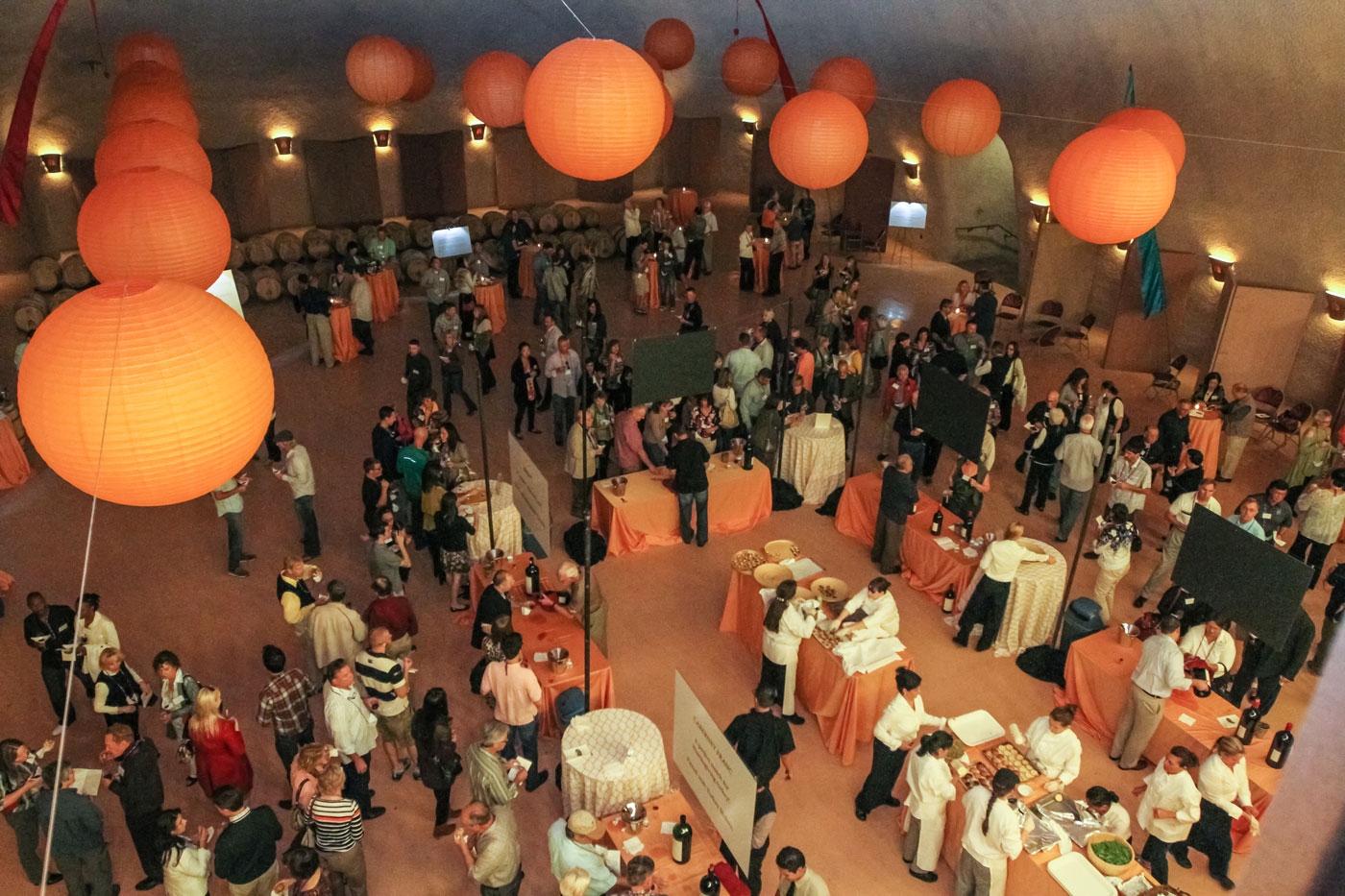Regardless of the number of caves, the most original and impressive facility in all Northern California, if not the world, is the Jarvis Estate Winery Cave, Napa. This facility tunneled into the Vacas Mountains in east Napa and is the largest and encompasses every aspect of environmentally sensitive wine making operation, all built underground in North America. All offices, tanks, bottling, aging and wine tastings are within their 45,000-square-foot underground facility. Read More...
News and Events
Without large staffs to help handle it all, these owners or operators of smaller wineries can tick off the problems they face these days from inflation, to finding bottles to fill and labor to fill their jobs.
The Business Journal asked several top executives at California North Coast independent wineries about the key challenges and opportunities they see ahead. The following are their responses, edited for clarity and brevity. Read more...
Caves are considered the ideal place for making wine due to their constant temperature and humidity. This is why Jarvis Estate makes their wines in an engineered cave. On the wine-tasting tour, you can see the wine chambers and the rest of the cave. Read more...
From rocky and rough-hewn to sleek and chic, wine caves and cellars encourage designers to merge form and function in imaginative ways. There’s undeniable drama in a dark, underground space, and talented architects seize the opportunity to transform these utilitarian storage facilities into atmospheric venues for tours, tastings and even art exhibitions.
Here are eight striking examples of wine caves and cellars with outstanding design, found in locations all around the world. Read more...
Will Jarvis, president of Napa’s Jarvis Estate, said his winery was the first in the nation to have every aspect of winemaking occur in its underground cave.
“Being eco-friendly has always been a priority for us,” he said. “One of the reasons for the cave, aside from the winemaking benefits, was to minimize the footprint that would have been required to build the equivalent above-ground 45,000-square foot winery.” Read more...
